Summary of climate disasters on the planet: May 14–20, 2025
Precipitation not seen in a century. Temperatures beyond anything in recorded history. Tornadoes tearing through cities. Every day brings a new blow from extreme weather. Argentina, Italy, Russia, the United States, France... This is a chronicle of one week’s climate disasters from May 14 to 20, 2025. And in reality— a chronicle of the future.
Yet, why is the global threat looming over humanity being ignored so persistently? Today you will get the answer to that question.
France
A dramatic incident occurred at the La Barben Zoo in southeastern France, near the town of Salon-de-Provence. During a sudden thunderstorm, lightning struck the ground near a group of visitors. As a result, 13 people were affected by an electrical discharge. One of the victims was taken to the hospital in critical condition. The remaining twelve, including four children, were also hospitalized.
On May 19, severe storms hit the Occitanie region in the Haute-Garonne department. After a powerful thunderstorm in Toulouse, some schools were closed for several days due to roof damage and building flooding, forcing the urgent evacuation of students.
Rail traffic in the region was disrupted. A two-meter sinkhole formed beneath the tracks on the high-speed train route from Bordeaux to Toulouse. Thanks to the quick reaction of the train driver, a tragedy was averted as the train was stopped in time. However, several cars derailed, and 508 passengers were evacuated after a four-hour wait.

A high-speed train traveling from Bordeaux to Toulouse narrowly avoided disaster when a two-meter sinkhole appeared beneath the tracks
High-speed train service between Toulouse, Bordeaux, and Paris was completely halted for several days.
In Tonneins, Lot-et-Garonne department, dozens of homes were flooded. Local residents noted that while floods sometimes occur in the area, they had never seen anything like this before. The damage is estimated to be hundreds of thousands of euros.
The storm was accompanied by large hailstones, some as big as 7 cm in diameter.
Chunks of ice covered the A64 highway south of Toulouse in a thick layer, completely paralyzing traffic.
In the commune of Le Foga, a heavy hailstorm destroyed years of hard work in just 20 minutes. In Bauduc, the oldest nursery in France, which is over 200 years old, all the plants were severely damaged.
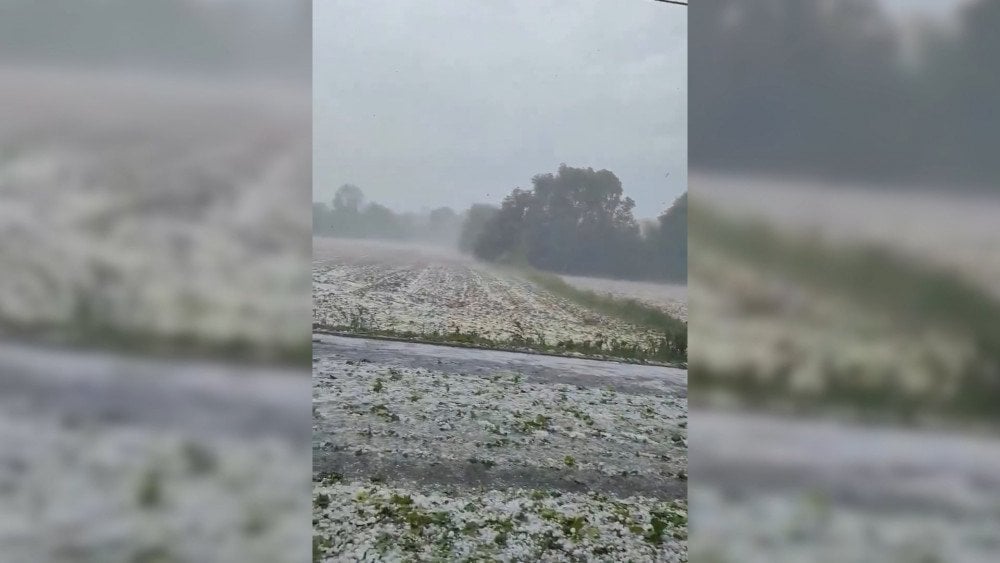
Severe hailstorms damaged crops in the Occitanie region, Haute-Garonne department, France
In Lot-et-Garonne, fields of sunflowers, corn, and soybeans were washed away by torrents of mud. Renowned vineyards in Armagnac and Tursan, part of the celebrated wine-growing regions of Nouvelle-Aquitaine, were also affected.
That day, France experienced more than 22,600 lightning strikes.
The Var department in Provence was struck by exceptionally strong storms, causing deadly floods in several towns, including Le Lavandou and Vidauban.

Flooding after a severe storm in the Var department, Provence, France
In Le Lavandou, 255 mm of rain fell in just one hour—more than five months’ worth! Roads were destroyed, and bridges were washed away. The town’s mayor described the event as “a furious, angry, incomprehensible phenomenon.” As of May 20, at least three people were confirmed dead, with three others reported missing.
Italy
On May 15, cyclone Ines struck Sicily, bringing torrential rains, winds exceeding 100 km/h, and powerful storm surges across much of the region. The provinces of Trapani, Agrigento, and Palermo were particularly affected. In Trapani province, over 7,000 lightning strikes were recorded within hours. In Marsala, streets were flooded in mere minutes, paralyzing traffic completely.
In Mazara del Vallo, a residential building’s roof collapsed due to the storm, but fortunately, no one was injured.
The municipality of Palma di Montechiaro in Agrigento province experienced a powerful microburst—a sudden and intense downdraft—causing significant destruction.
Palermo, Sicily’s capital, was also flooded as the storm raged for hours. All train services on the Messina–Palermo line were canceled.
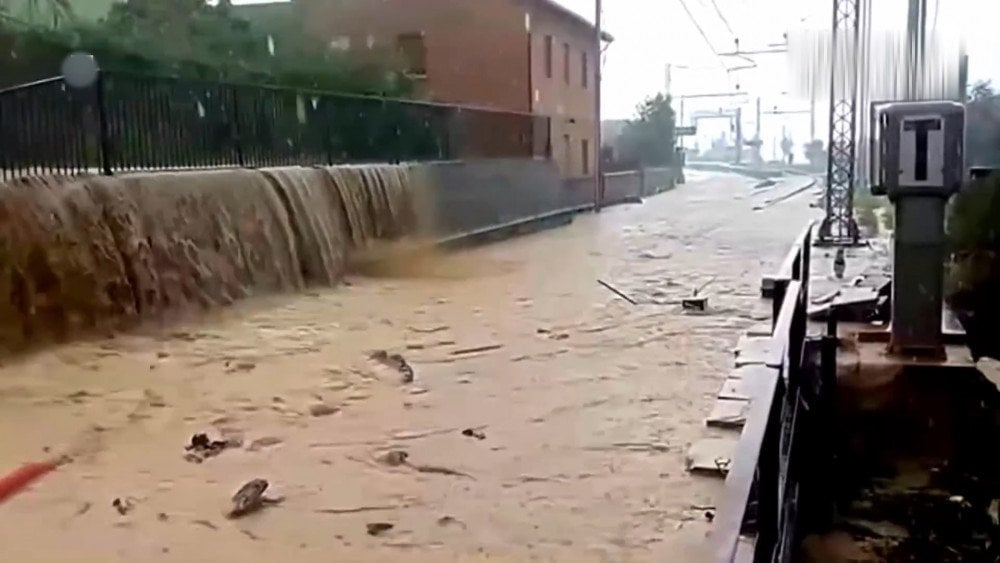
Cyclone Ines brought torrential rain and flooding to Sicily
In Trabia’s Sant'Onofrio village, heavy rains turned streets into raging torrents. One car became submerged, trapping a young woman inside. Fortunately, rescuers arrived just in time.
The slow movement of cyclone Ines combined with heavy rainfall created particularly dangerous conditions, leading to flooding and a high risk of landslides.
Such a powerful cyclone in May on Sicily is anomalous, as the region typically experiences dry and warm, almost summer-like weather by this time of year.
Russia
Massive wildfires continue to devastate the Trans-Baikal region of Russia, where a federal-level state of emergency has been in effect for nearly a month.
As of May 20, over 670,000 hectares were burning in the Karymsky, Tungokochensky, Uletovsky, Khiloksky, Chernyshevsky, and Chita districts.
Fires have advanced close to Chita, the capital of the Trans-Baikal region.
The region is engulfed in smoke, with air thick with soot and skies obscured by a gray haze—a harsh reality for hundreds of thousands of residents.
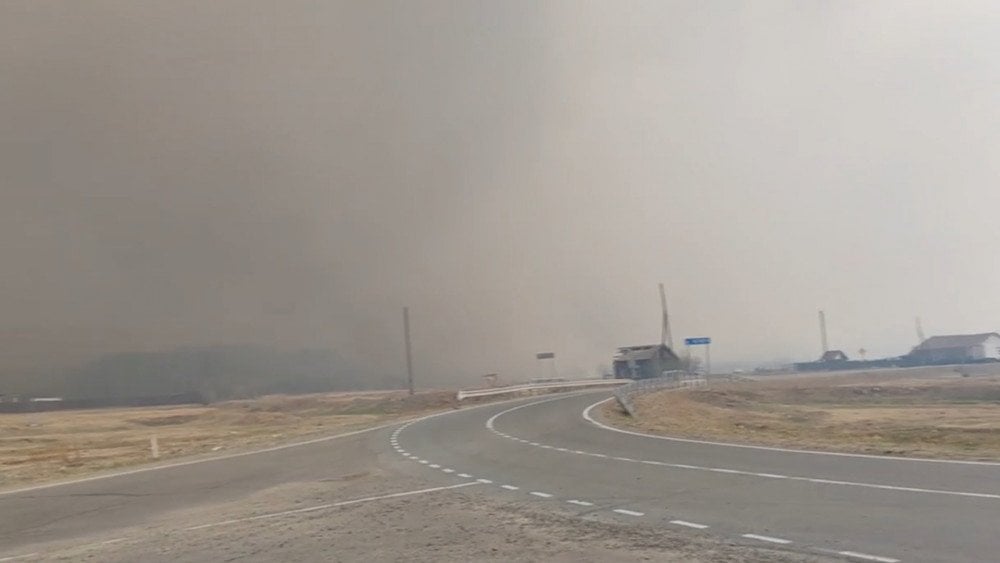
Unrelenting wildfires: Trans-Baikal region in Russia shrouded in smoke
Nearly 2,000 firefighters and numerous pieces of equipment, including aircraft, have been deployed from other regions of Russia. However, efforts to control the flames have been hindered by the remote terrain, strong winds, and more than a month of dry weather.
In just 50 days, over 1,270,000 hectares have burned—nearly 20 times the area affected during the same period last year.
And this is just the beginning of the fire season!
Vietnam
Torrential rains caused sudden flooding and numerous landslides in northern Vietnam.
The provinces of Lai Chau, Bac Kan, Tuyen Quang, and Lang Son were affected the most.
Severe weather flooded and damaged homes, destroyed bridges and roads, and caused significant harm to agriculture. Crops were submerged, and hundreds of livestock and poultry perished. Several communities were cut off from the outside world.
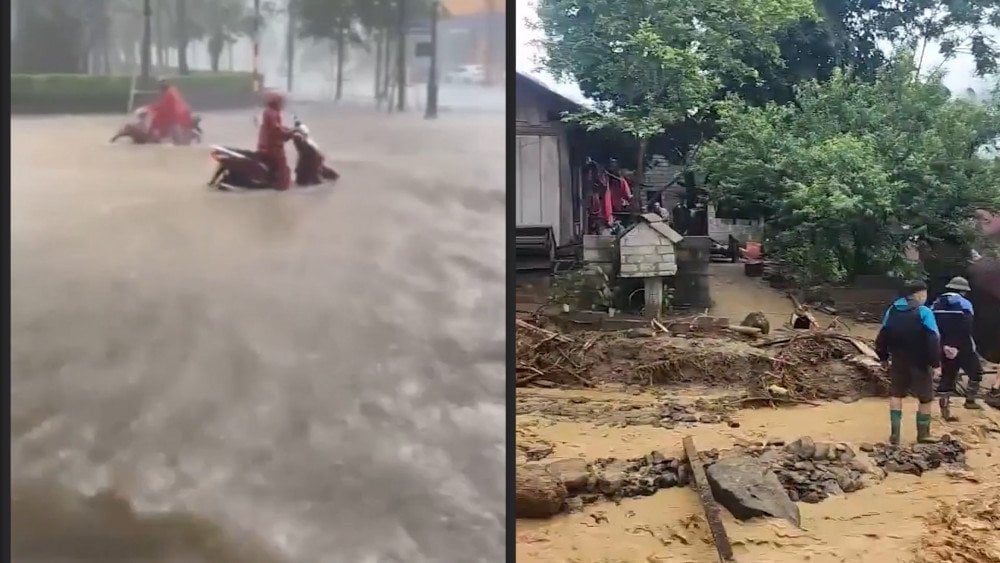
Aftermath of sudden flooding in Vietnam
On May 16, a tragedy struck Lai Chau province when a powerful landslide swept over the construction site of the Ta Pao Ho 1A hydroelectric station in Phong Tho district. Five workers lost their lives, and four others sustained injuries of varying severity.
On May 17, sudden flooding occurred in Bac Kan province. Local residents described it as historic. Such an event had never been seen there before: within less than half an hour, water levels rose as high as one meter.
As of May 19, the disaster had claimed the lives of four people, with others still missing.
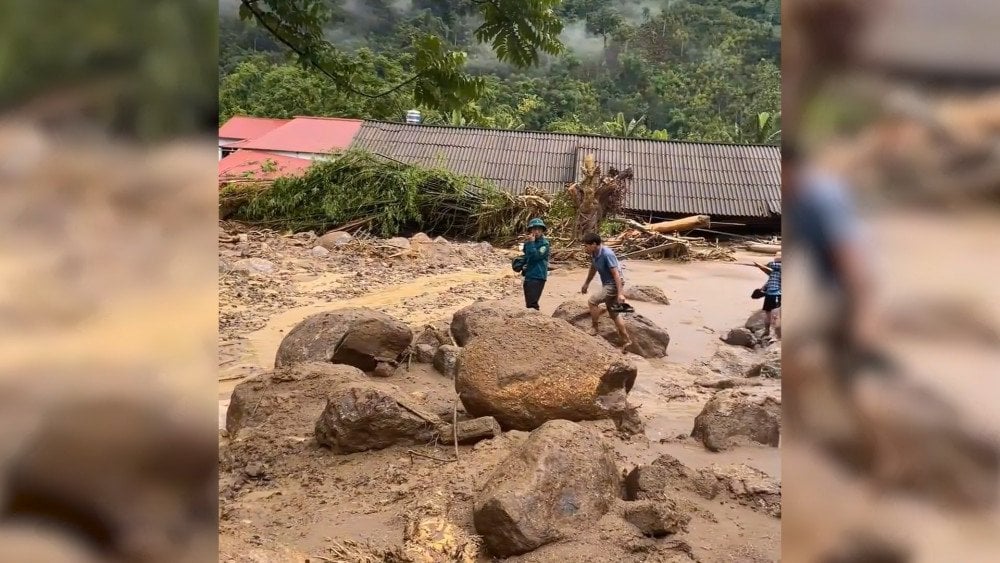
Flooding in Vietnam: people navigating ruined roads
Argentina
Beginning on May 15, exceptionally heavy rainfall struck the northwest of Buenos Aires province, impacting a region home to more than 6 million people.
In just two days, some areas recorded over 400 mm of rain, four times the average for the entire month of May:
- San Antonio de Areco: 433 mm
- Zárate: 402 mm
- Arrecifes: 360 mm
Prolonged rains caused unprecedented flooding and forced the evacuation of 7,000 residents in several affected areas.
Schools were suspended in dozens of municipalities.
The municipalities of Zárate, Campana, Salto, and Rojas were hit hardest.
Transportation in cities and on highways was paralyzed.
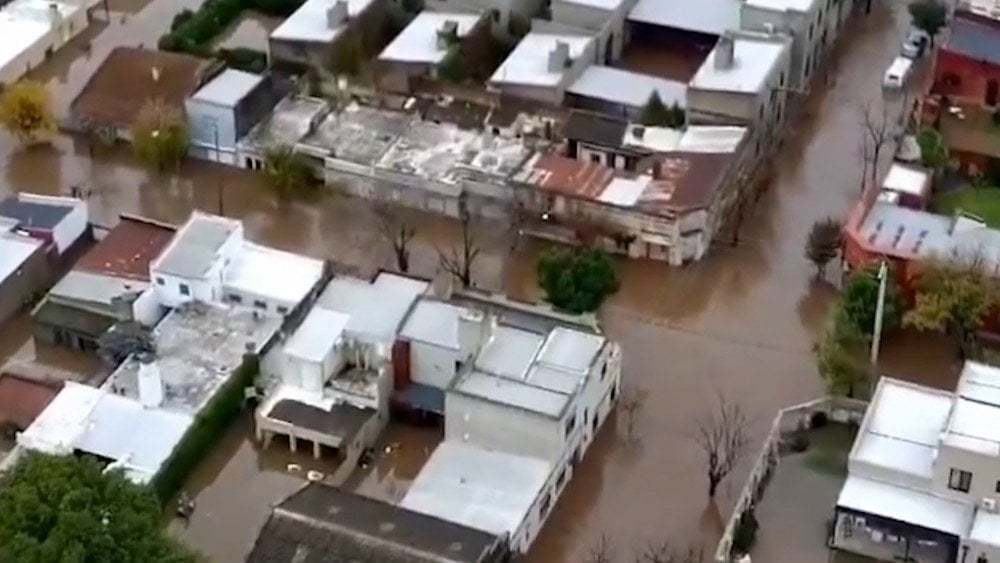
Unrelenting torrential rains triggered massive flooding in Argentina
Corn and soybean plantations in the region sustained severe damage.
In the cities of Salto and Rojas, the industrial and commercial sectors suffered significant losses.
In Zárate municipality, water levels in some homes reached as high as two meters. Residents lost all their belongings and livestock.
Reports indicated that in Rojas municipality, three people went missing after being swept away by strong currents while trying to cross a stream.
Experts noted that this storm exceeded previous events in both intensity and duration of rainfall.
Algeria
Since May 15, several provinces in Algeria—recently suffering from severe drought—have been struck by a wave of torrential rains and unprecedented flooding.

Severe flooding in Djelfa Province, Algeria
Djelfa Province was particularly hard hit. Floodwaters inundated residential homes and roads, causing significant material damage. In some areas, the downpours were accompanied by large hail, exacerbating the situation.
Rescue services managed to evacuate several people trapped in submerged vehicles.
In the village of Ouled Obeid Allah, Djelfa District, Djelfa Province, floodwaters overturned a passenger bus.
As a result of the tragedy, 4 people died and another 33 were injured—many of them left in deep shock.
In the municipality of Selmana, Djelfa Province, a 13-year-old boy suffered severe injuries after being struck by large hailstones. Unfortunately, he could not be saved.
USA
On May 15–16, a powerful storm system swept through the central and eastern parts of the United States, triggering several dozen tornadoes across Indiana, Kentucky, Missouri, Illinois, Maryland, and New Jersey.
The state of Kentucky suffered the most, where the disaster claimed the lives of 23 people—19 of them in Laurel County.

Residential areas in the USA hit by a destructive tornado
Here, in the middle of the night as residents were sleeping, a powerful EF3 tornado tore through the southern part of London city, demolishing entire blocks, mangling vehicles, and scattering debris hundreds of meters away.
Eyewitnesses who took shelter in hallways and basements during the storm said the city resembled a war zone.
At London-Corbin Airport, the tornado damaged several airplanes and destroyed a medical helicopter.
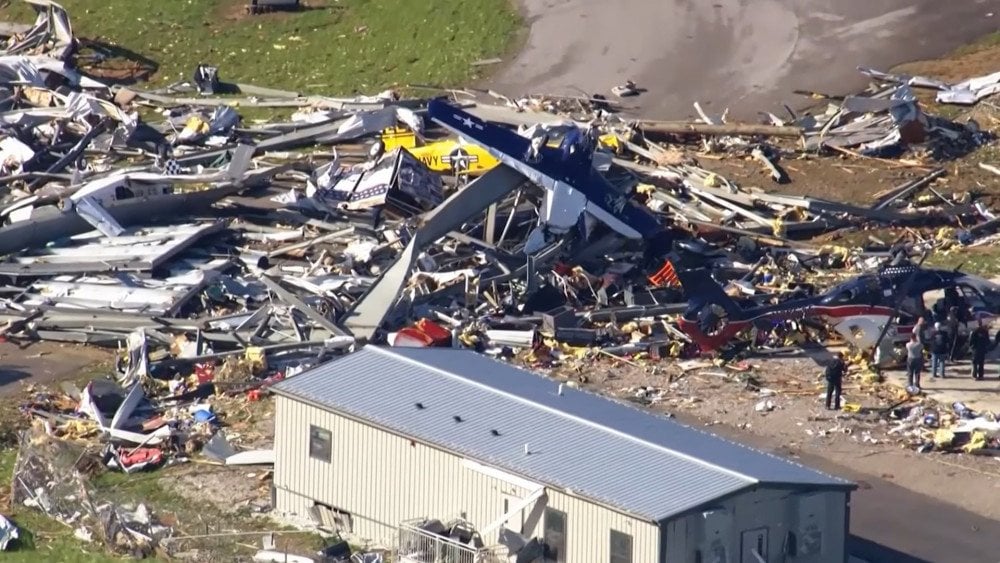
Aftermath of the tornado: aircraft and a helicopter damaged at London-Corbin Airport, Kentucky, USA
Another destructive tornado struck the major city of St. Louis, Missouri. An EF3 tornado with wind speeds exceeding 240 km/h (149 mph) and a width of 1.5 km (0.93 miles) tore through urban neighborhoods, obliterating everything in its path. It damaged more than 5,000 buildings. The mayor called it one of the most devastating storms in the city's history. Five people died and 38 others were injured.
A powerful EF4 tornado with wind speeds exceeding 300 km/h (186 mph) hit Williamson County, Illinois. It mostly passed through forested and sparsely populated areas, so damage was minimal.
Baltimore, a major port city and economic hub in Maryland, was also hit by a tornado. An EF1 funnel cloud with wind speeds up to 180 km/h (112 mph) swept through densely populated neighborhoods, leaving a 9.5 km (5.9 miles) long path of destruction. Such events are extremely rare on the East Coast of the United States, especially in major cities.
The storm system also brought large hailstones up to 10 cm (3.9 inches) in diameter across areas from Texas to Ohio.
The city of Chicago was struck by a rare dust storm. Strong wind gusts carried a wall of dust from Illinois’s dry fields. The sky over the city darkened, and visibility on roads dropped sharply. This kind of event hadn’t occurred in the city for nearly 90 years.
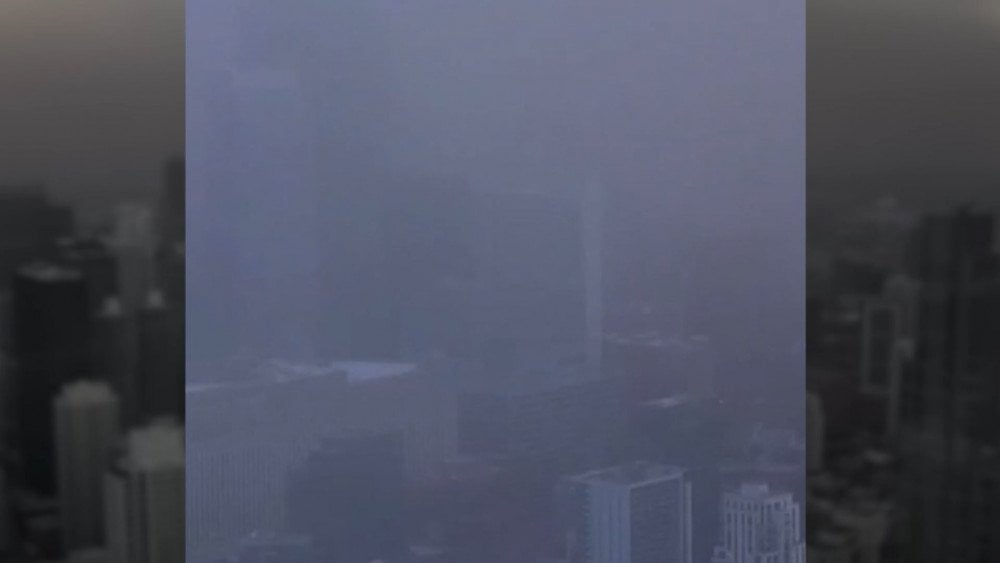
A dust storm hit Chicago, darkening the sky and drastically reducing visibility, USA
Perhaps, after reading yet another news story about climate-related disasters, you find yourself asking, “Why is the threat looming over humanity being ignored? Something must be done immediately.”
If you feel this way, it means you are someone for whom conscience and a commitment to truth are not just words—they carry profound meaning for you.
But have you noticed how, just a couple of days later, the urgency fades? What seemed clear, vital, and in need of immediate action today becomes distant and loses its relevance tomorrow—your mind simply shifts to something else.
Do you know why this happens? It’s due to a mechanism built into our psyche: when we are confronted with frightening information—especially about a problem we feel powerless to influence—our mind seeks to protect itself. It pushes the distressing knowledge aside, whispering, “Later. Not now. This doesn’t concern me.” And we agree.
At the heart of this psychological paralysis lies fear. We fear change, fear the consequences, and above all, fear taking responsibility for our own fate and the fate of those close to us. This fear is what turns us into observers rather than participants.
But when the disaster finally strikes, every person asks the same question: “Why? Why me?”
The answer is simple: because when there was a choice to confront the truth or to look away, you chose to look away. When there was still a chance to act, you were afraid, postponed it, and failed to pass the truth along to others.
The problem isn’t the lack of solutions. The knowledge and technology to address the climate crisis already exist! But implementing them is only possible with the participation of every individual. This is each of our personal responsibility—there is no one else. If we do not begin to act, no one will do it for us.
You can watch the video version of this article here:
Leave a comment